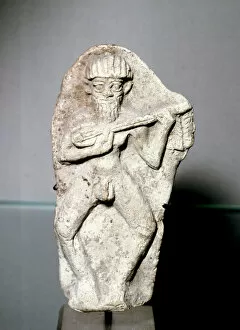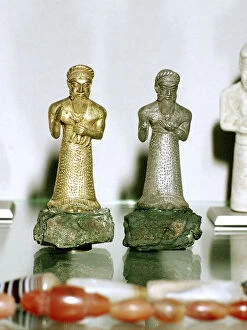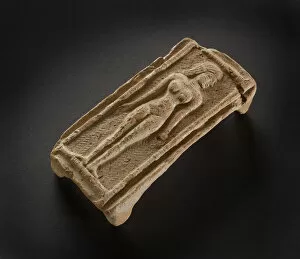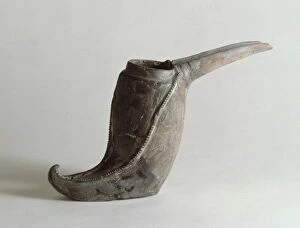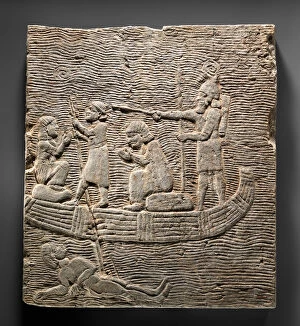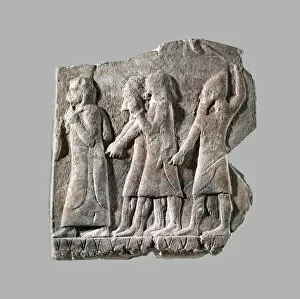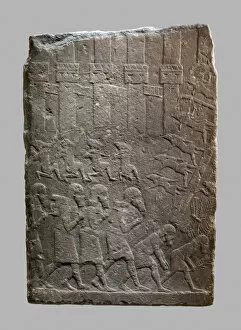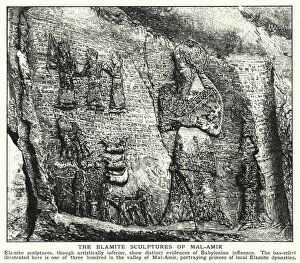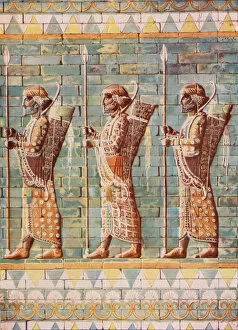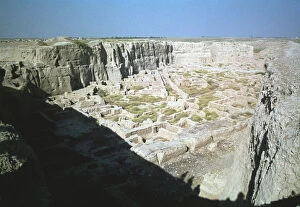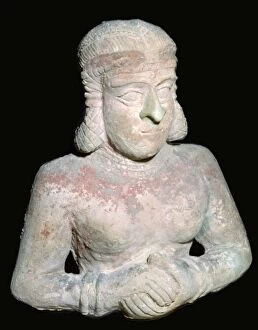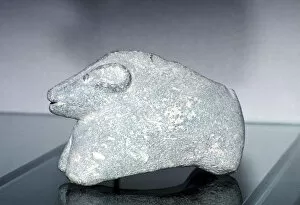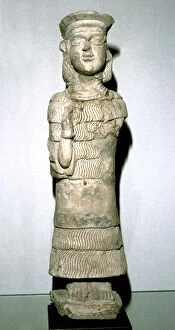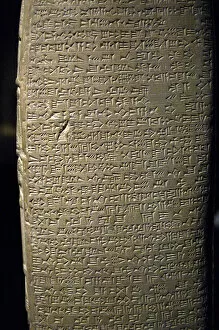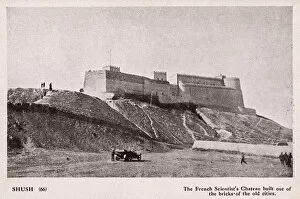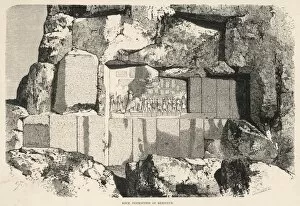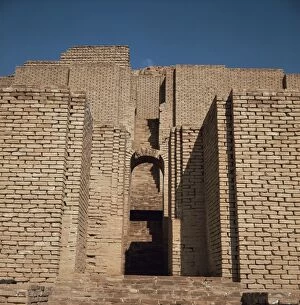Elamite Collection
"Exploring the Rich Artistic Heritage Civilization" Step back in time and immerse yourself in the captivating world art
For sale as Licensed Images
Choose your image, Select your licence and Download the media
"Exploring the Rich Artistic Heritage Civilization" Step back in time and immerse yourself in the captivating world art. From intricate terracotta figurines to majestic gold and silver statues, these artifacts offer a glimpse into the fascinating Middle Elamite period (1500-1100 BC). One such masterpiece is a Terracotta figurine of a male musician discovered in Susa, Iran. This exquisite piece showcases the artistic prowess craftsmen, with its delicate details and lifelike representation. Another remarkable find is the Terracotta statue of the goddess Astarte (Ishtar), also from Susa during the Middle Elamite period (1150 - 1100 BC). This sculpture exudes divine beauty and serves as a testament to the religious significance within Elamite culture. The Temple of Inshushinak near Susa reveals more treasures, including gold and silver figurines depicting worshippers. These intricately crafted pieces provide insights into ancient rituals and beliefs held by the Elamites during the 12th century BC. Moving beyond Iran's borders, we encounter Mesopotamia's Kudurru (stele) of Shitti-Marduk. This stone monument from Nebuchadnezzar's reign bears inscriptions documenting land grants, showcasing not only artistic skill but also administrative practices prevalent at that time. Elaborate bronze finials like "Master of animals" demonstrate an exceptional mastery over metalwork during 1000-600 BC. These awe-inspiring sculptures depict mythical creatures intertwined with nature – symbolizing power and protection. Amongst other intriguing finds are clay models representing various aspects of daily life or symbolic objects like vessels shaped as boots found in Kaluraz, Gilan dating back to c. 1st millennium BC – shedding light on domestic customs or cultural symbolism.


